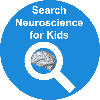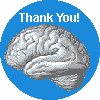| Speaking the
Written Word | Speaking the
Heard Word |
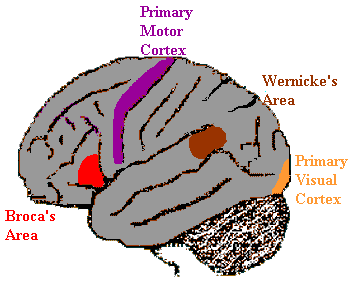 | 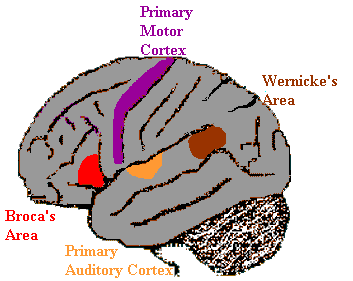 |
To speak a word that is read, information must first get to the
primary visual cortex. From the primary visual cortex, information is
transmitted to the posterior speech area, including Wernicke's area. From
Wernicke's area, information travels to Broca's area, then to the Primary
Motor Cortex. |
To speak a word that is heard, information must first get to the
primary auditory cortex. From the primary auditory cortex, information is
transmitted to the posterior speech area, including Wernicke's area. From
Wernicke's area, information travels to Broca's area, then to the Primary
Motor Cortex. |










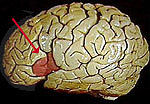
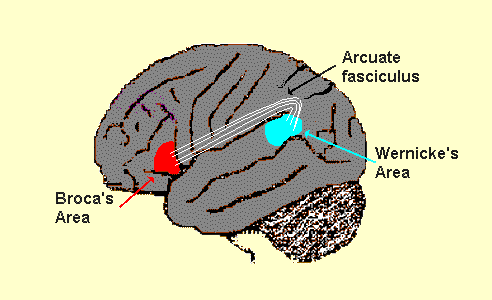


 In the early 1950s,
the famous neurosurgeon Wilder Penfield and his colleague Herbert Jasper,
described how electrical stimulation of certain areas of the brain blocked
language. These neurosurgeons were able to perform these studies asking
their patients questions during the surgical procedure. More recently
(late 1980s), Dr. George Ojemann at the University of Washington has used
electrical stimulation experiments to show that there can be a large
difference in the brain area that is important for language from person to
person. Nevertheless, the results of these studies agree with the earlier
findings of Broca and Wernicke.
In the early 1950s,
the famous neurosurgeon Wilder Penfield and his colleague Herbert Jasper,
described how electrical stimulation of certain areas of the brain blocked
language. These neurosurgeons were able to perform these studies asking
their patients questions during the surgical procedure. More recently
(late 1980s), Dr. George Ojemann at the University of Washington has used
electrical stimulation experiments to show that there can be a large
difference in the brain area that is important for language from person to
person. Nevertheless, the results of these studies agree with the earlier
findings of Broca and Wernicke. 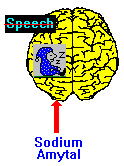
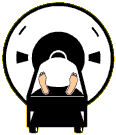



![[email]](./gif/menue.gif)

